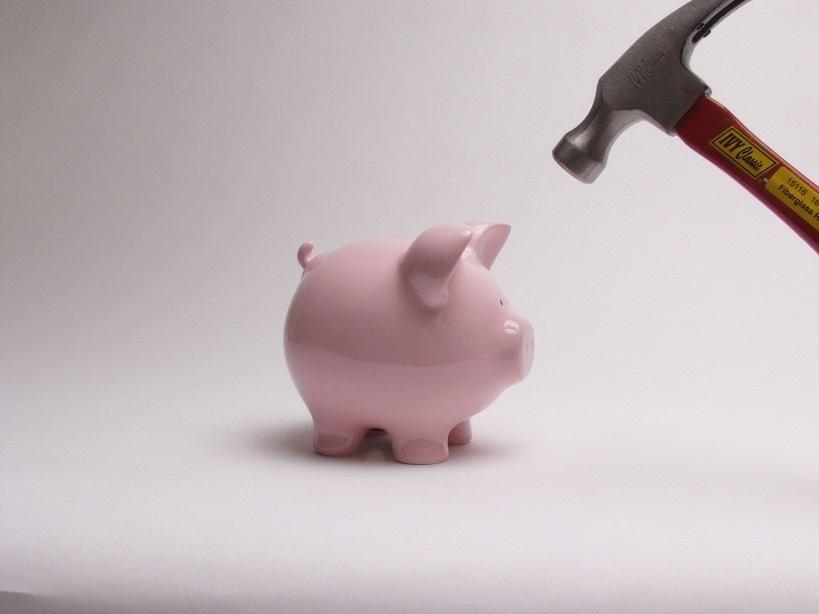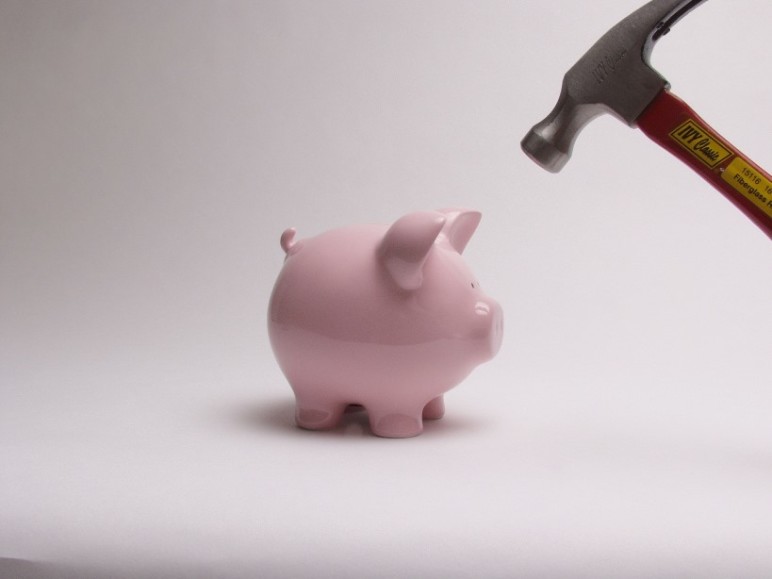The market is pounding yet another nail into King Coal’s coffin.
Peabody Energy, which touts itself as the world’s largest private sector coal company, announced yesterday morning that it is teetering on the brink of bankruptcy. The company skipped two bond payments totaling $71 million, triggering a 30-day grace period before the company goes into default. And in its annual “10-K” form submitted to US Securities and Exchange Commission, Peabody gave a brutal assessment of its own finances:
The Company incurred a substantial loss from operations and had negative cash flows from operating activities for the year… [and] it will continue to incur losses from operations and generate negative cash flows from operating activities…. If we are not able to timely, successfully, or efficiently implement the strategies that we are pursuing to improve our operating performance and financial position, obtain alternative sources of capital, or otherwise meet our liquidity needs, we may need to voluntarily seek protection under Chapter 11 of the U.S. Bankruptcy Code.
In short, Peabody admitted that it losing money fast, and that unless the company pulls off a financial miracle, management will have no choice but to seek the protective embrace of federal bankruptcy courts.
Peabody’s dismal news set off a flurry of press stories—including coverage by The New York Times, Reuters, Bloomberg, and more—showing that Big Coal’s downfall is still big news. Peabody has served as the exemplar of the coal industry in the public mind. After all, were there any other coal companies that incurred folk singers’ wrath? But with yesterday’s news, the company that once played the role of Machiavelli in King Coal’s Court is now playing the fool.
What doomed Peabody was its own hubris and optimism. In 2010, the company argued that the global coal industry was in the early stages of a “super-cycle” of high prices and rising demand. Taking a deep drink of its own Kool-Aid, the company took on massive debts to complete a $5.1 billion purchase of an Australian coal mining company, with which Peabody hoped to take advantage of rising Pacific Rim demand. But the market quickly proved that Peabody’s hype about a coal “super-cycle” was simply hot air: international coal prices peaked in 2011, and Asian demand for imported coal started to fall in 2014. As the international coal market cooled, Peabody’s new mines turned out to be worth just a fraction of what the company had paid for them.
More than anything else, it’s the debt from Peabody’s Australian deal that’s pulling the company into insolvency. After all, the company claims that most of its mines are still profitable. The problem is that those shrinking profits aren’t nearly enough to service the company’s massive debts.
Peabody’s bankruptcy will obviously echo throughout coal country, but it could have a significant impact in the Northwest as well. In early 2011, the company announced an agreement to ship 24 million tons of coal per year through the proposed Gateway Pacific coal export terminal near Bellingham, Washington. But as we’ve argued many times, Peabody would lose money hand over fist if it tried to export coal at the prices of the last few years. Bankruptcy courts allow companies to void unprofitable contracts; when Arch Coal filed bankruptcy, the courts almost immediately canceled some money-losing shipping contracts. So there’s a good chance that any agreement between Peabody and Gateway wouldn’t survive a bankruptcy filing. If that happens, Peabody bankruptcy would expose not only the company’s own financial overreach, but also the overreach of the companies that are backing the massive coal export schemes in the Pacific Northwest.










Comments